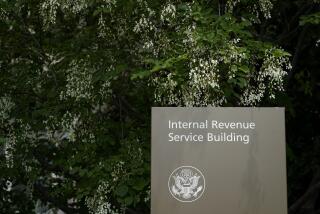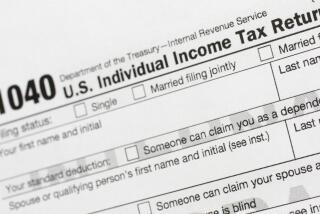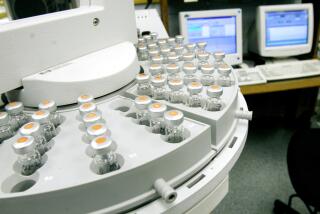Taxing Our Patience
A few years ago Internal Revenue Service Commissioner Roscoe Egger grandly assured Congress that he could get along fine with fewer employees. Expanded computerization would allow the IRS to handle a steadily rising workload without any big increase in personnel costs. It sounded good, and it made points for Egger with an Administration eager to cut federal spending. But now the IRS acknowledges that, as of May 17, its backlog of what it calls “unpostable” personal returns had soared to 1.5 million--nearly double the size of the backlog one year earlier. A similar number of unprocessed business returns also exists. What does all this mean? Among other things, it means that a lot of taxpayers face the outrageous prospect of having to file their 1984 tax returns all over again.
A major reason for this fiasco is that the IRS’ new $100-million master computer in Martinsburg, W.Va. has been behaving rather badly. The computer, in fact, seems to have erased as many as several hundred thousand coded copies of tax returns. When there are no tax returns on record, there can be no refunds for those expecting them. But at least taxpayers who are waiting impatiently for a refund can expect to be eventually compensated for their troubles. The IRS has to pay 13% annual interest on any refund that isn’t in the mail by June 1. Last year such delays cost the Treasury $209 million. This year they probably will cost a lot more.
The IRS advises taxpayers who haven’t received refunds within 16 weeks after they filed their returns to call their district IRS office to find out about filing a duplicate return. People who waited until the April 15 deadline to file must now wait until the middle of August to learn if they have been victimized. How long afer that they may have to wait for their refund is anyone’s guess.
By next year, the IRS promises, its computer problems will be solved. But what about its personnel problems? In 1986 the service is expected to be handling 25% more returns than it processed in 1980. Computers or not, this means that a smaller percentage of returns will get the kind of careful look that detects cheating and has the potential of bringing the Treasury billions of dollars a year in evaded taxes. Obviously, then, it makes sense to have enough people around to do the kind of job that can pay off. A simple conclusion. Even a $100-million computer ought to be able to figure it out.
More to Read
Get the L.A. Times Politics newsletter
Deeply reported insights into legislation, politics and policy from Sacramento, Washington and beyond. In your inbox three times per week.
You may occasionally receive promotional content from the Los Angeles Times.










